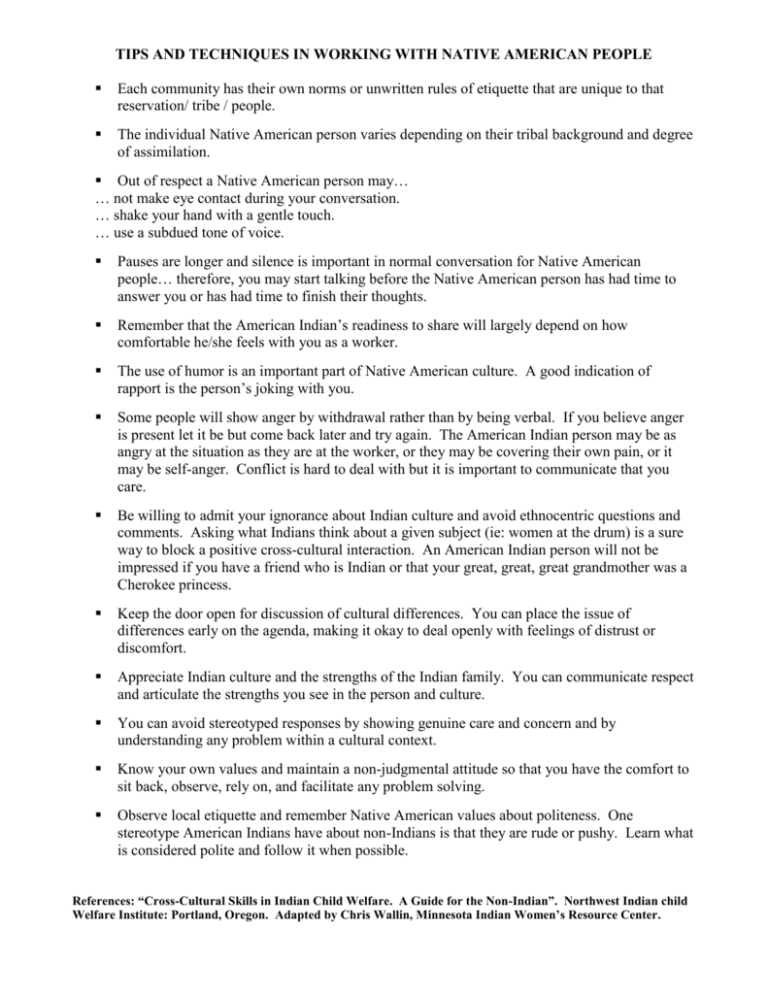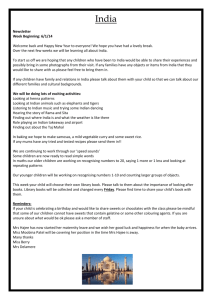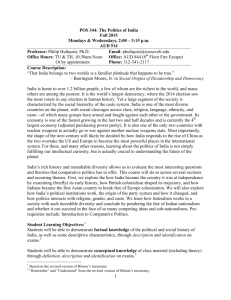tips and techniques in working with native american people
advertisement

TIPS AND TECHNIQUES IN WORKING WITH NATIVE AMERICAN PEOPLE Each community has their own norms or unwritten rules of etiquette that are unique to that reservation/ tribe / people. The individual Native American person varies depending on their tribal background and degree of assimilation. Out of respect a Native American person may… … not make eye contact during your conversation. … shake your hand with a gentle touch. … use a subdued tone of voice. Pauses are longer and silence is important in normal conversation for Native American people… therefore, you may start talking before the Native American person has had time to answer you or has had time to finish their thoughts. Remember that the American Indian’s readiness to share will largely depend on how comfortable he/she feels with you as a worker. The use of humor is an important part of Native American culture. A good indication of rapport is the person’s joking with you. Some people will show anger by withdrawal rather than by being verbal. If you believe anger is present let it be but come back later and try again. The American Indian person may be as angry at the situation as they are at the worker, or they may be covering their own pain, or it may be self-anger. Conflict is hard to deal with but it is important to communicate that you care. Be willing to admit your ignorance about Indian culture and avoid ethnocentric questions and comments. Asking what Indians think about a given subject (ie: women at the drum) is a sure way to block a positive cross-cultural interaction. An American Indian person will not be impressed if you have a friend who is Indian or that your great, great, great grandmother was a Cherokee princess. Keep the door open for discussion of cultural differences. You can place the issue of differences early on the agenda, making it okay to deal openly with feelings of distrust or discomfort. Appreciate Indian culture and the strengths of the Indian family. You can communicate respect and articulate the strengths you see in the person and culture. You can avoid stereotyped responses by showing genuine care and concern and by understanding any problem within a cultural context. Know your own values and maintain a non-judgmental attitude so that you have the comfort to sit back, observe, rely on, and facilitate any problem solving. Observe local etiquette and remember Native American values about politeness. One stereotype American Indians have about non-Indians is that they are rude or pushy. Learn what is considered polite and follow it when possible. References: “Cross-Cultural Skills in Indian Child Welfare. A Guide for the Non-Indian”. Northwest Indian child Welfare Institute: Portland, Oregon. Adapted by Chris Wallin, Minnesota Indian Women’s Resource Center.






